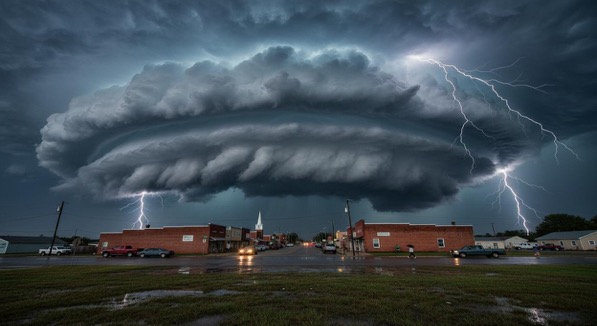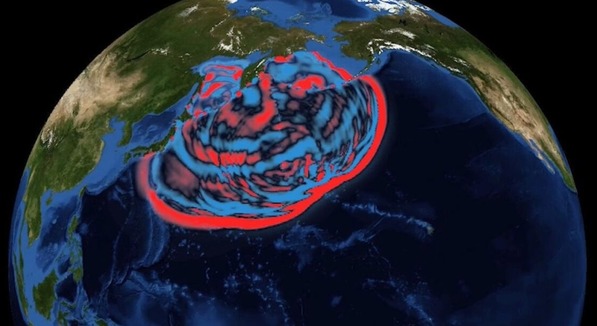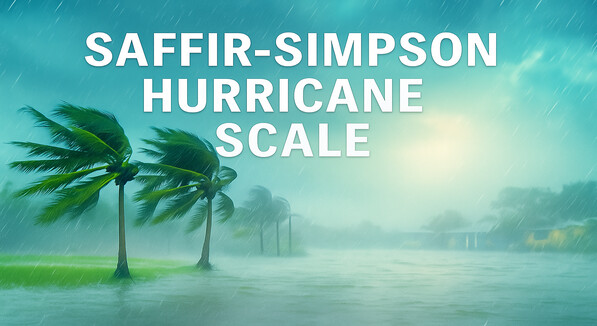Flood safety isn’t just about preparing before a flood hits, it’s about knowing what to do during and after. This article will help you prepare for before, during, and after a flood event.
Before a Flood
- Know Your Risk: Is your home, business or school in a floodplain? Where is water likely to collect on the roadways you most often travel? What is the fastest way to get to higher ground? Knowing the answers to these questions ahead of time can save your life.
- Assemble and Emergency Kit: It is good practice to have enough food, water and medicine on hand at all times to last at least 3 days in a emergency. Water service may be interrupted or unsafe to drink and food requiring little cooking and no refrigeration may be needed if electric power is interrupted. You should also have batteries, blankets, flashlights, first aid kit, rubber boots, rubber gloves, and a battery operated radio easily available.
- Find alternate routes to important locations: Don’t wait for flooding to know your way to safety
- Make a family communications plan: It is important to be able to communicate with your family and friends in the event of a disaster. Whether it is having a specific person identified to contact for status updates or a safe location to meet up with family members, having a plan in place will give you peace of mind if disaster does strike.
- Sign-up for Email/Text Notifications: Your phone is always with you have critical weather information sent directly to it. No “app” required
- Charge Essential Electronics: Make sure your cell phone and portable radios are all charged in case you lose power or need to evacuate. Also make sure you have back-up batteries on hand.
- Prepare Family/Pets: You may be evacuated, so pack in advance. Don’t wait until the last moment to gather the essentials for yourself, your family and/or your pets.
- Prepare Your Home: Homeowners insurance doesn’t cover flooding, ensure coverage by contacting your insurance company or agent to purchase flood insurance. This must be done before there is a threat of flooding as insurance companies stop issuing policies in advance of a flooding event. (i.e. an approaching hurricane). Flood insurance policies take at least 30 days to go into effect.
- If evacuation orders come: follow them!
Durring a Flood
- Stay Informed: Monitor local radio and television Sign-up for email or text alerts of active critical weather, internet and social media for information and updates.
- Get to Higher Ground: Get out of areas subject to flooding and get to higher ground immediately.
- Obey Evacuation Orders: If told to evacuate, do so immediately. Be sure to lock your home as you leave. If you have time, disconnect utilities and appliances.
- Practice Electrical Safety: Don’t go into a basement, or any room, if water covers the electrical outlets or if cords are submerged. If you see sparks or hear buzzing, crackling, snapping or popping noises –get out! Stay out of water that may have electricity in it!
- Avoid Flood Waters: Do not walk through flood waters. It takes only six inches of moving water to knock you off your feet. If you are trapped by moving water, move to the highest possible point and call 911 for help.
After a Flood
- Stay Informed: Stay tuned to your local news for updated information on road conditions. Ensure water is safe to drink, cook or clean with after a flood. Oftentimes a boil water order is put in place following a flood. Check with utility companies to find out when electricity or gas services may be restored. Carbon monoxide poisoning is one of the leading causes of death after storms when areas are dealing with power outages. Never use a portable generator inside your home or garage. Review generator safety.
- Avoid Flood Waters: Standing water hides many dangers including toxins and chemicals. There may be debris under the water and the road surface may have been compromised.
- Avoid Disaster Areas: Do not visit disaster areas! Your presence may hamper rescue and other emergency operations.
- Heed Road Closed and Cautionary Signs: Road closure and other cautionary signs are put in place for your safety. Pay attention to them!
- Wait for the “All Clear”: Do not enter a flood damaged home or building until you’re given the all clear by authorities. Water can compromise the structural integrity and its foundation and active electrical systems in contact with water is deadly.
- Contact Family and Friends: Let your family and close friends know that you’re okay so they can help spread the word. Register with or search the American Red Cross’s Safe and Well listings.
Related Articles:
- How tornadoes form
- Tornado facts
- Tornado Safety
- Lightning Safety
- Flood Safety
- Tornado Myths
- Lightning Myths
- Life cycle of thunderstorms
- Criteria for a tornado warning
- Criteria for a severe thunderstorm
- Difference between “flood” and “flash flood”



